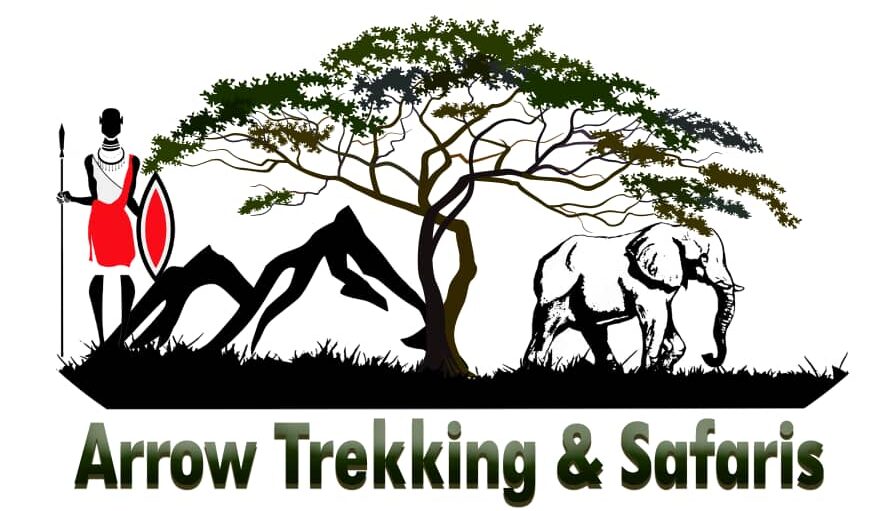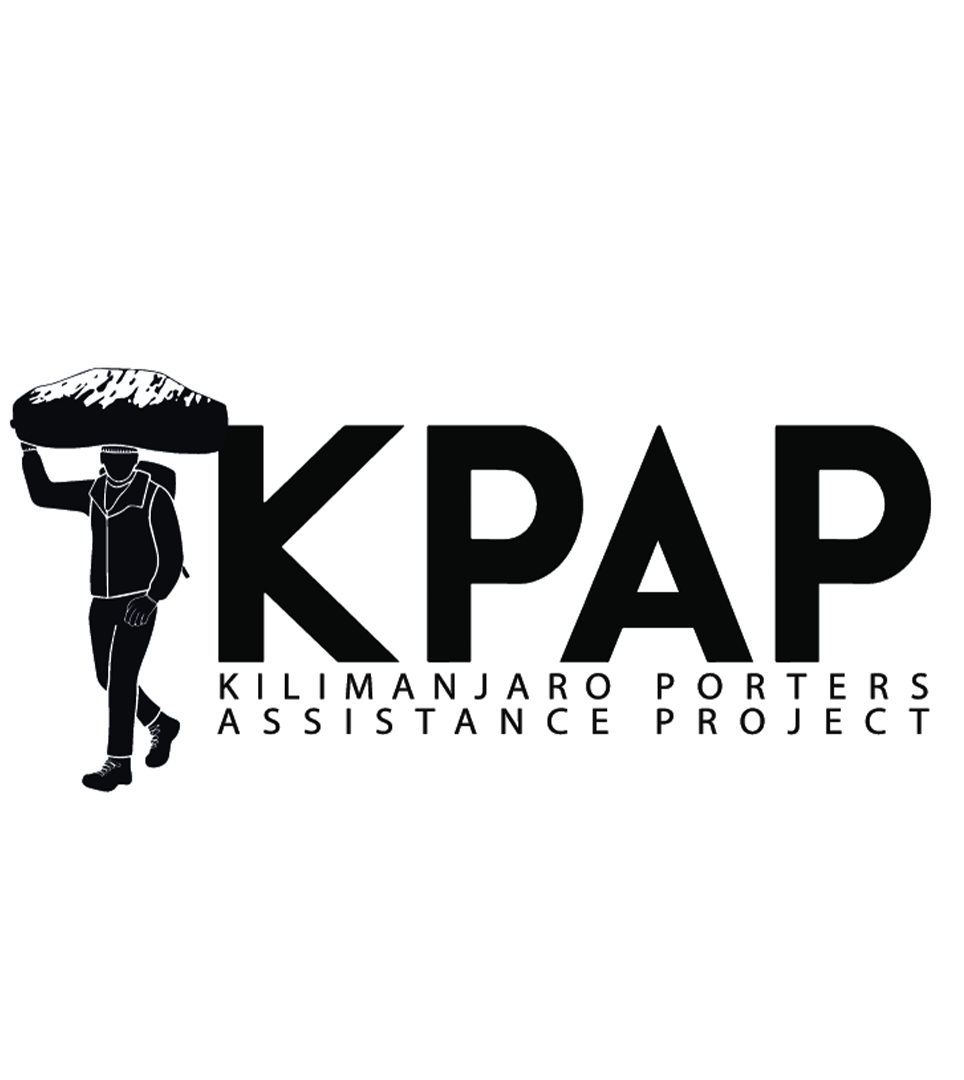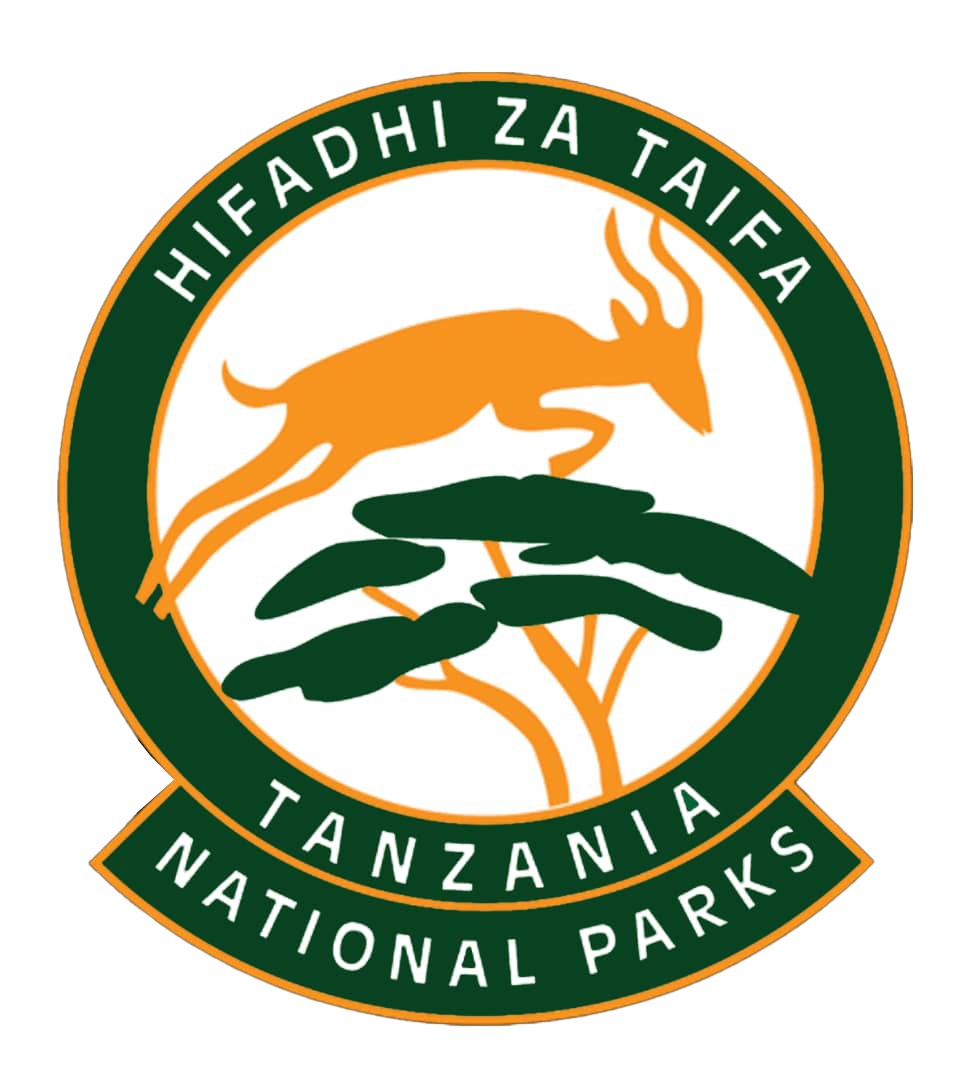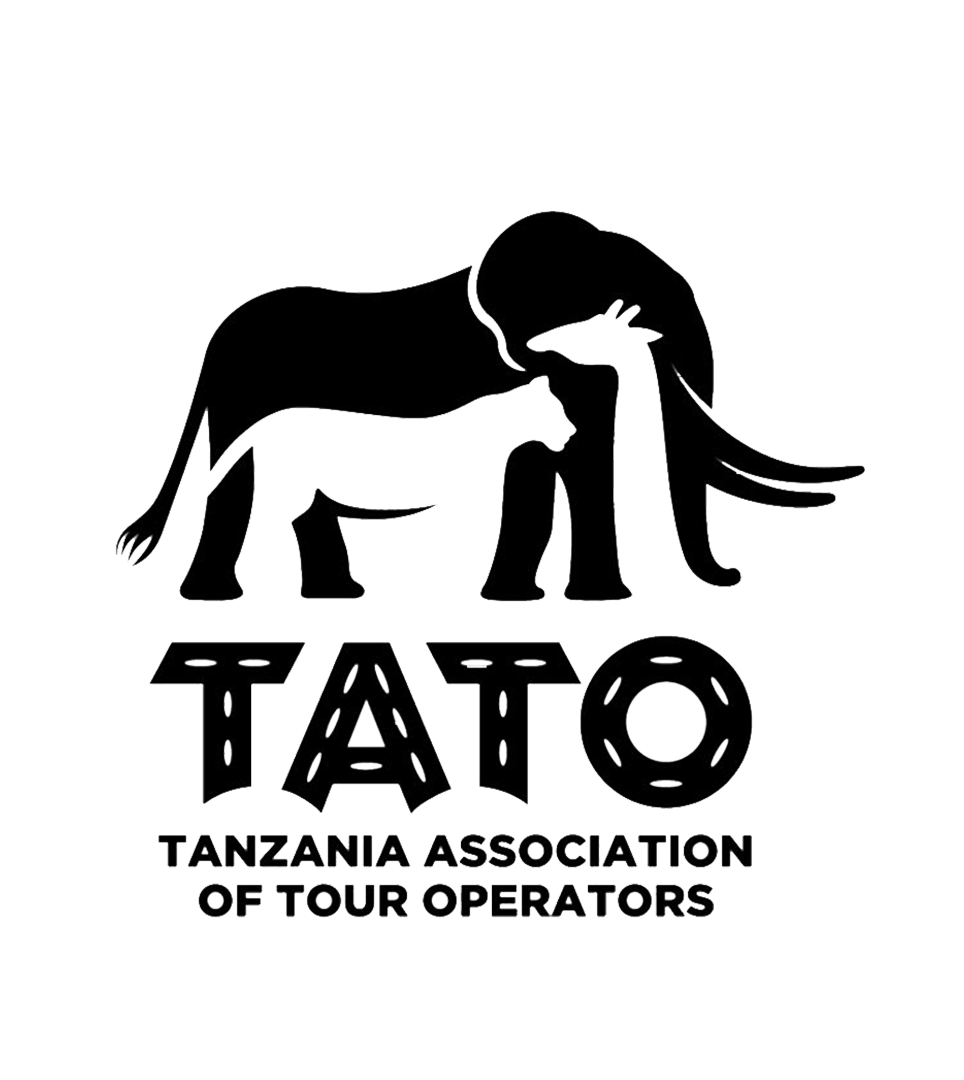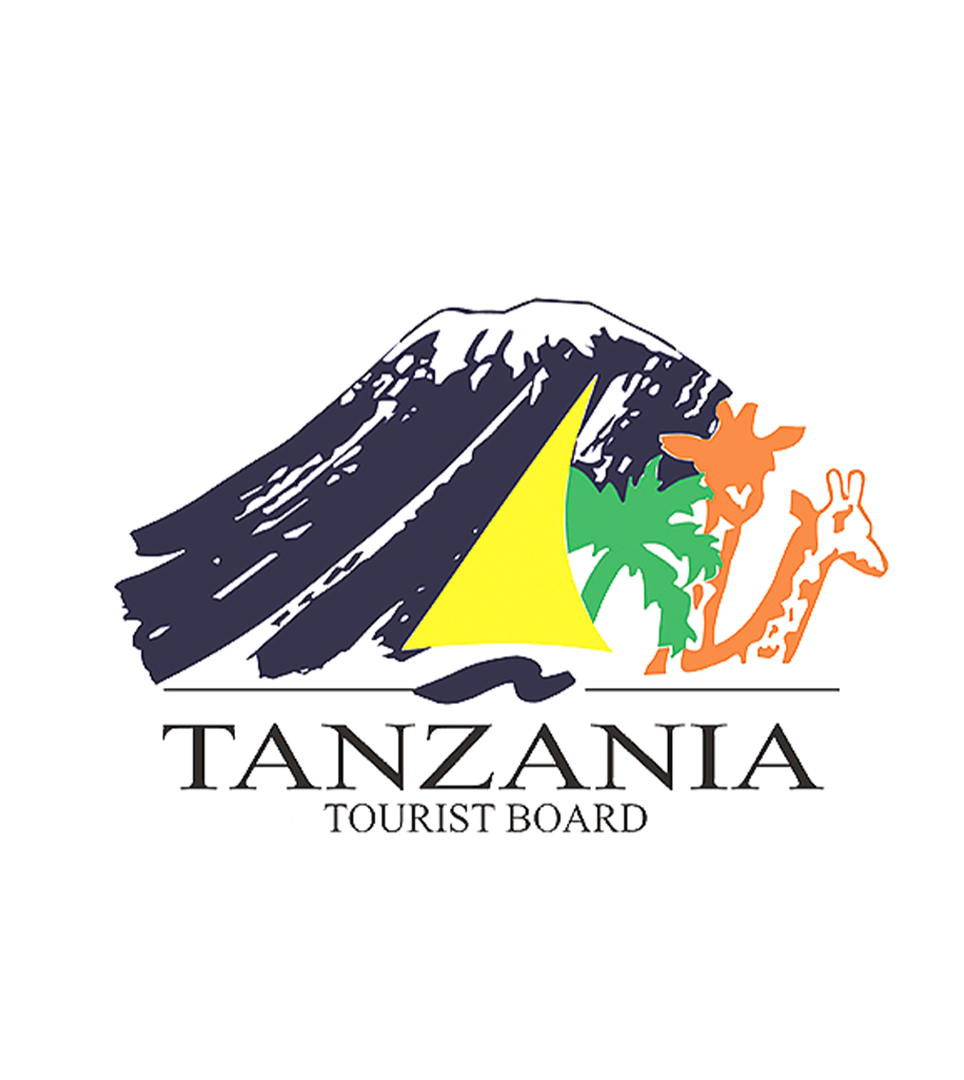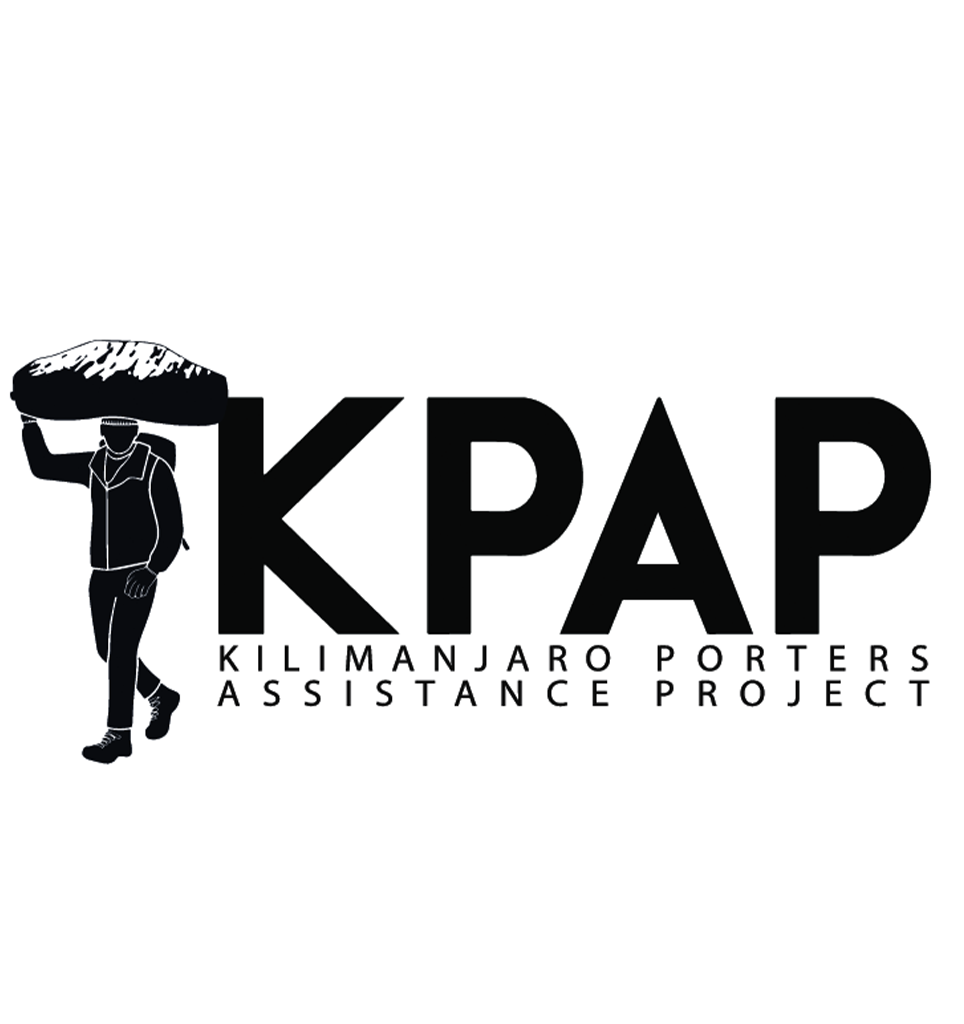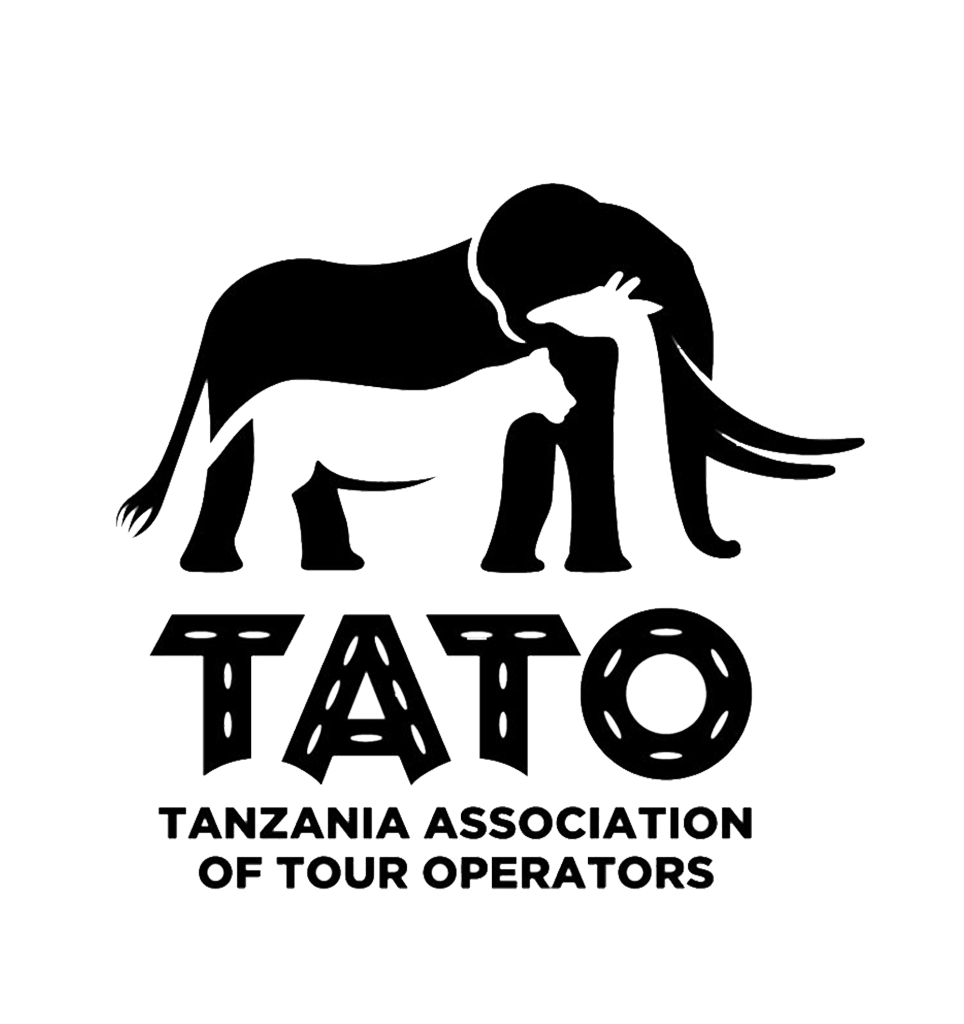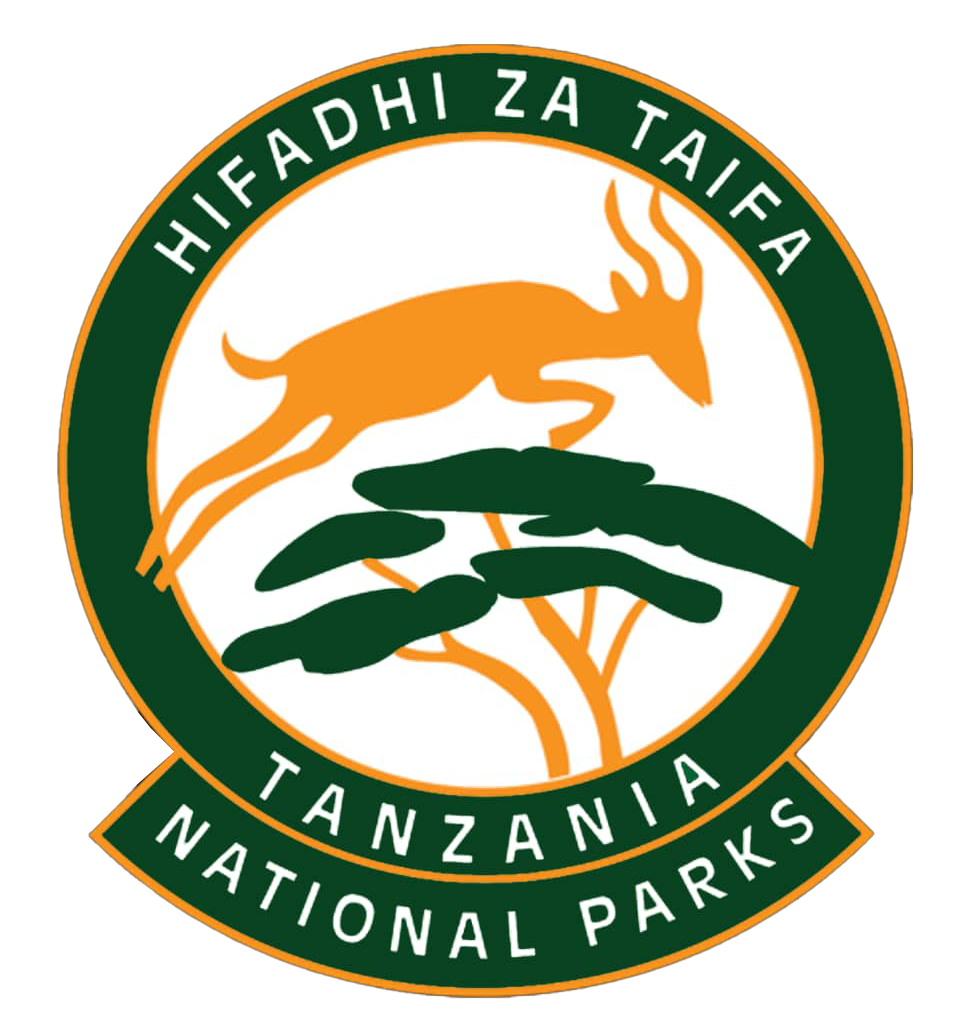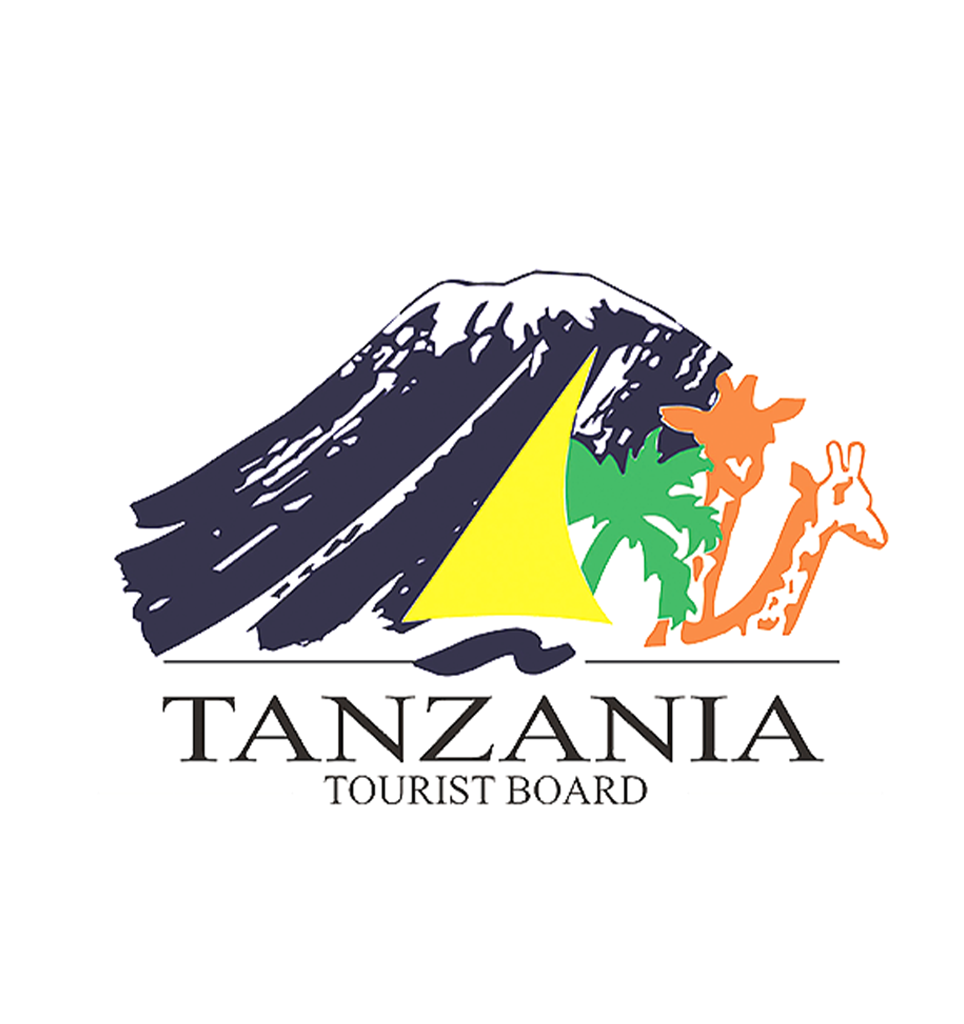Arrow Trekking and Safaris – Discover Africa’s top safari destinations with expertly crafted itineraries.
Serengeti Overview
Serengeti National Park is one of Africa’s most renowned wildlife destinations, famed for its vast savannahs, abundant wildlife, and the breathtaking Great Migration. Located in northern Tanzania, the park spans approximately 14,750 square kilometers and is home to an incredible diversity of animals, including the Big Five—lion, leopard, elephant, buffalo, and rhino. Its name, derived from the Maasai word “Siringet,” means “endless plains,” a fitting description of the stunning landscapes that stretch as far as the eye can see. Serengeti is a UNESCO World Heritage Site and a premier safari destination, offering visitors a chance to witness nature in its most raw and untamed form.
Serengeti’s rich history dates back thousands of years, with archaeological evidence suggesting human habitation as early as the Stone Age. The park was officially established in 1951, making it Tanzania’s oldest national park. Its global importance lies in its role as a conservation stronghold, protecting some of the most iconic species in Africa. The Serengeti ecosystem, which extends beyond the park into Kenya’s Maasai Mara, has remained largely unchanged for millennia, allowing visitors to experience a landscape and wildlife spectacle similar to what early explorers once encountered.
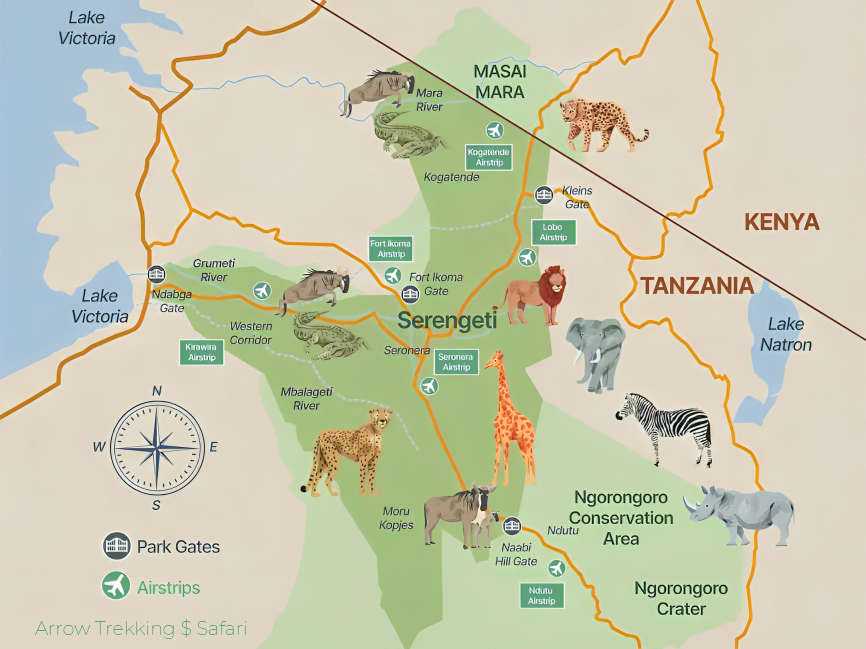
Geography and Ecosystems
Serengeti’s geography is diverse, consisting of endless grasslands, acacia woodlands, rolling hills, and rocky outcrops known as kopjes. The park is divided into four main regions:
The Southern Serengeti & Ndutu Region: Best known for its vast open plains where wildebeest calving occurs from December to March.
The Central Serengeti (Seronera): A prime game-viewing area with year-round wildlife due to its permanent water sources.
The Western Corridor & Grumeti River: Characterized by riverine forests and known for dramatic river crossings during the Great Migration.
The Northern Serengeti: A remote, rugged landscape where wildebeest cross the Mara River, often facing crocodile-infested waters.
Climate
Serengeti National Park experiences a predominantly warm and dry climate, with distinct wet and dry seasons shaping the movement of wildlife.
Dry Season (June – October): Characterized by cooler mornings and evenings, this period offers excellent wildlife viewing as animals gather around scarce water sources. The skies are clear, and there’s minimal rainfall.
Wet Season (November – May): Marked by two rainy periods: the short rains (November – December) and the long rains (March – May). While the landscape is lush and vibrant, animals are more dispersed, but this is the best time for birdwatching and witnessing the wildebeest calving season.
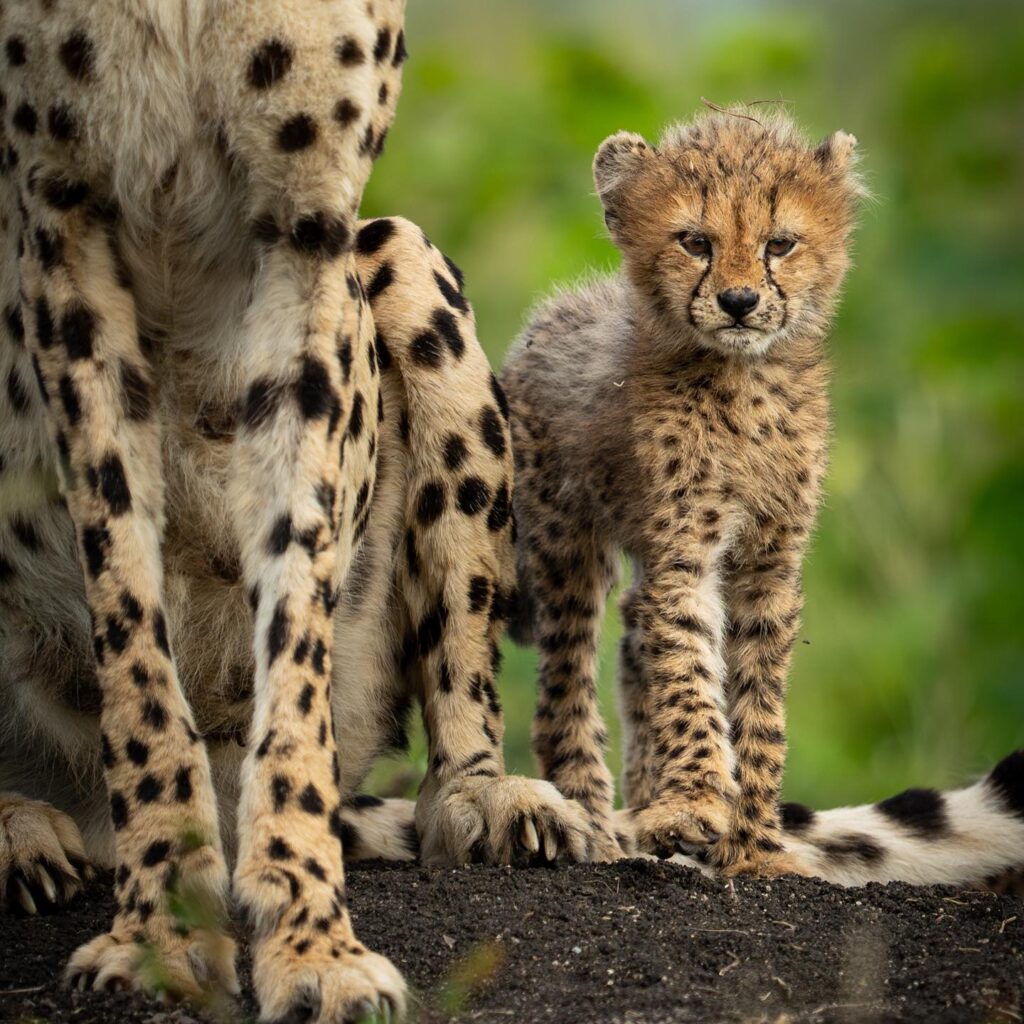
Best Time to Visit:
June – October: Ideal for game drives, with peak visibility of predators and large herds of animals. The Great Migration river crossings in the western and northern Serengeti occur during this time.
January – March: The Southern Serengeti hosts the wildebeest calving season, attracting an abundance of predators, making it a prime time for dramatic wildlife encounters.
April – May: While this is the least popular time due to heavy rains, the park is lush, and fewer tourists create a more exclusive experience.
Activities in Serengeti National Park
Game Drives – The Ultimate Safari Experience
Game drives are the heart of any Serengeti safari. Led by expert guides, these drives take visitors deep into the wilderness, offering close-up encounters with the Big Five—lions, leopards, elephants, rhinos, and buffalos—as well as cheetahs, giraffes, and countless other species.
Hot Air Balloon Safaris – A Bird’s-Eye View of the Serengeti
One of the most magical ways to experience the Serengeti is from above. A sunrise hot air balloon safari offers breathtaking aerial views of the golden plains, winding rivers, and massive herds of wildebeest and zebras. The flight is followed by a traditional champagne breakfast in the bush, adding a touch of luxury to your adventure.
Guided Walking Safaris – A Close Encounter with Nature
For those seeking a more intimate connection with the Serengeti, walking safaris provide an up-close perspective of the ecosystem. Accompanied by armed rangers and expert guides, you’ll track wildlife on foot, discover hidden trails, and learn about the smaller creatures, plants, and landscapes that are often missed during game drives.
Cultural Visits – Experience the Maasai Way of Life
A visit to a Maasai village offers an enriching cultural experience. Guests can interact with the Maasai people, learn about their centuries-old traditions, witness traditional dances, and even participate in activities like fire-making and beadwork. This cultural immersion provides insight into the symbiotic relationship between the Maasai and the Serengeti’s wildlife.
Activities in Serengeti National Park
Game Drives – The Ultimate Safari Experience
Game drives are the heart of any Serengeti safari. Led by expert guides, these drives take visitors deep into the wilderness, offering close-up encounters with the Big Five—lions, leopards, elephants, rhinos, and buffalos—as well as cheetahs, giraffes, and countless other species.
Hot Air Balloon Safaris – A Bird’s-Eye View of the Serengeti
One of the most magical ways to experience the Serengeti is from above. A sunrise hot air balloon safari offers breathtaking aerial views of the golden plains, winding rivers, and massive herds of wildebeest and zebras. The flight is followed by a traditional champagne breakfast in the bush, adding a touch of luxury to your adventure.
Guided Walking Safaris – A Close Encounter with Nature
For those seeking a more intimate connection with the Serengeti, walking safaris provide an up-close perspective of the ecosystem. Accompanied by armed rangers and expert guides, you’ll track wildlife on foot, discover hidden trails, and learn about the smaller creatures, plants, and landscapes that are often missed during game drives.
Cultural Visits – Experience the Maasai Way of Life
A visit to a Maasai village offers an enriching cultural experience. Guests can interact with the Maasai people, learn about their centuries-old traditions, witness traditional dances, and even participate in activities like fire-making and beadwork. This cultural immersion provides insight into the symbiotic relationship between the Maasai and the Serengeti’s wildlife.
Accommodation in Serengeti National Park
Unparalleled Comfort in the Wild
For travelers looking for the ultimate in comfort and exclusivity, luxury safari lodges provide five-star services, gourmet dining, and breathtaking views of the Serengeti’s landscapes. These lodges often feature infinity pools, spa services, and private decks overlooking prime wildlife areas.
The Perfect Blend of Comfort and Adventure
Tented camps provide an authentic safari experience, allowing guests to be immersed in nature while still enjoying comfortable accommodations. These semi-permanent camps are set up in key wildlife areas and offer excellent game-viewing opportunities right from your tent.
Comfort and Affordability
For those who want a balance between luxury and affordability, mid-range lodges offer excellent services, comfortable rooms, and great access to wildlife.
A True Adventure Experience
For budget travelers and adventure seekers, Serengeti has several public campsites where you can set up your own tent or use basic facilities provided at the site. These campsites offer a raw and thrilling experience, with wildlife sounds filling the night air.
Unparalleled Comfort in the Wild
For travelers looking for the ultimate in comfort and exclusivity, luxury safari lodges provide five-star services, gourmet dining, and breathtaking views of the Serengeti’s landscapes. These lodges often feature infinity pools, spa services, and private decks overlooking prime wildlife areas.
The Perfect Blend of Comfort and Adventure
Tented camps provide an authentic safari experience, allowing guests to be immersed in nature while still enjoying comfortable accommodations. These semi-permanent camps are set up in key wildlife areas and offer excellent game-viewing opportunities right from your tent.
Comfort and Affordability
For those who want a balance between luxury and affordability, mid-range lodges offer excellent services, comfortable rooms, and great access to wildlife.
A True Adventure Experience
For budget travelers and adventure seekers, Serengeti has several public campsites where you can set up your own tent or use basic facilities provided at the site. These campsites offer a raw and thrilling experience, with wildlife sounds filling the night air.
FAQs
Serengeti National Park is world-famous for its vast savannahs, incredible wildlife, and the annual Great Migration, where over 1.5 million wildebeest, zebras, and gazelles move across the plains in search of fresh grazing lands. It is also home to the "Big Five" (lion, leopard, elephant, buffalo, and rhino).
Yes, most international visitors require a visa to enter Tanzania. Tourist visas can be obtained online, at Tanzanian embassies, or upon arrival at the airport. It’s advisable to check specific visa requirements based on your nationality before traveling.
Absolutely! Many travelers combine Serengeti with:
- Ngorongoro Crater – A stunning wildlife-rich caldera
- Tarangire National Park – Famous for large elephant herds
- Lake Manyara National Park – Known for tree-climbing lions
- Zanzibar – A perfect beach getaway after a safari
Visitors are typically advised to get vaccinations for yellow fever (if traveling from a yellow fever-endemic country), typhoid, hepatitis A and B, and tetanus. Malaria prophylaxis is also recommended, as Tanzania is a malaria-endemic area. Consult your doctor for personalized advice.
The park can be visited year-round, but the best time depends on your interests:
- Great Migration (June – October & January – March): Witness river crossings and calving season.
- Dry Season (June – October): Ideal for game viewing as animals gather around water sources.
- Wet Season (November – May): Fewer crowds, lush landscapes, and great birdwatching.
Swahili is the official language of Tanzania, and English is widely spoken, especially in tourist areas. Learning a few Swahili phrases is appreciated and can enhance your cultural experience (greeting people with “Jambo” (hello) )
- By Air: The easiest way is to fly into Kilimanjaro International Airport (JRO) or Arusha Airport (ARK) and take a domestic flight to Serengeti’s airstrips.
- By Road: A scenic 6-8 hour drive from Arusha, passing through Ngorongoro Conservation Area.
You’ll need a valid passport, a Tanzanian visa, and permits provided by your tour operator to access Kilimanjaro National Park.
The official currency is the Tanzanian Shilling (TZS), but US dollars are widely accepted, especially in hotels, lodges, and for safari bookings. It’s advisable to carry smaller denominations and exchange money at authorized bureaus or banks.
A minimum of 3–4 days is recommended to fully experience Serengeti. However, for a more in-depth exploration, a 5–7 day safari allows time to visit different regions of the park and witness the migration.
